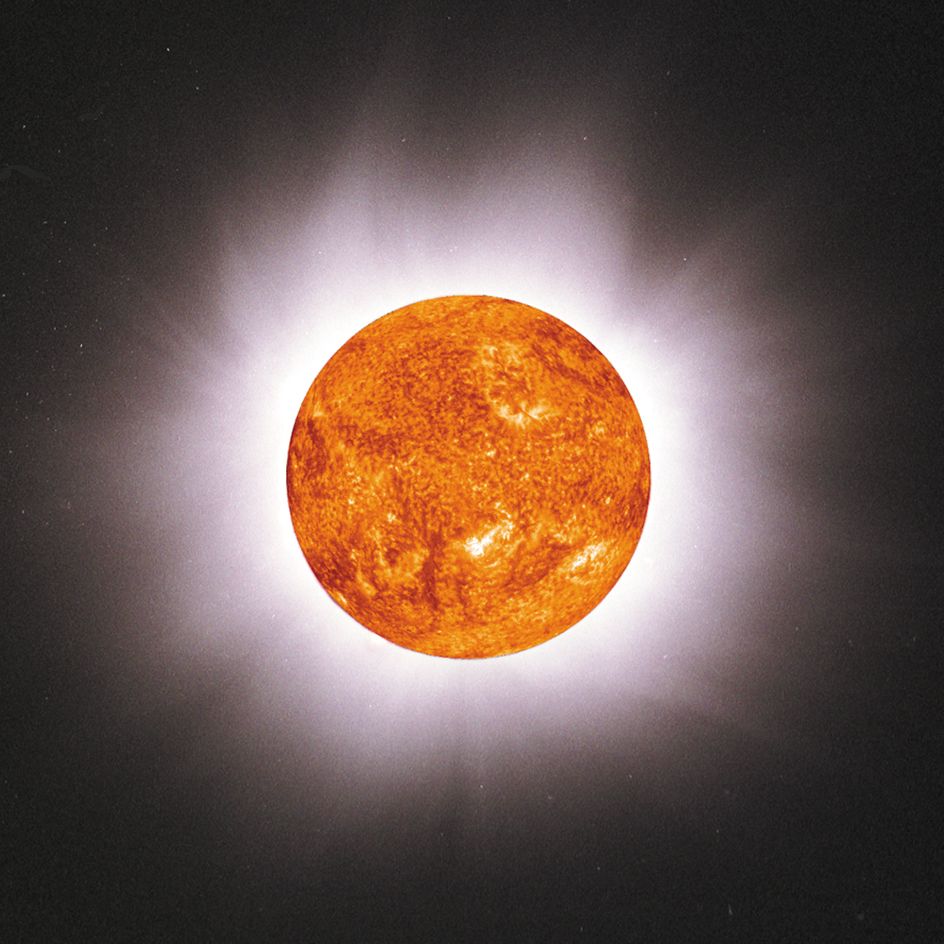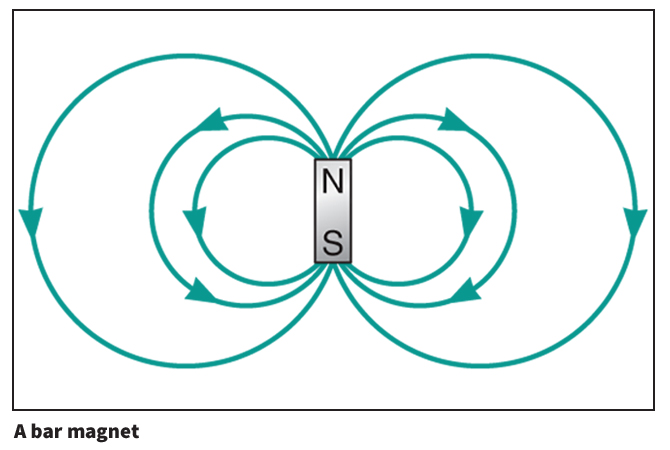Magnetic storm is a strong fluctuation in the earth’s magnetic field. A magnetic storm is caused by high-energy particles and intense radiation given off by the sun as a result of solar activity. The overall level of magnetic storm activity varies with the recurring 11-year sunspot cycle (see Sun (Magnetic field) ). It also varies with the 27-day period of the sun’s rotation, as different active regions of the sun face the earth.
Many magnetic storms are associated with coronal holes, which are regions of low density in the sun’s corona. A continuous flow of electrically charged particles from the sun called the solar wind emerges chiefly from the coronal holes. High-speed streams of the solar wind appear as the sun’s activity increases. When the rapidly moving particles of these streams strike the earth’s magnetic field, some of the particles are trapped by the field. The interaction of these particles with the earth’s magnetic field produces a magnetic storm.

The solar wind is separated into large regions of either positive or negative magnetic polarity. A magnetic storm occurs when a boundary between such regions of opposite polarity is swept past the earth by the sun’s rotation. The passage of these boundaries is the solar phenomenon most closely linked to magnetic storms.

Scientists believe many solar flares, which are eruptions on the sun’s surface, also cause magnetic storms. Such storms start abruptly, unlike those associated with the solar wind, which begin gradually. Solar flares emit high-energy electrons and protons as well as radiation in the form of gamma rays and X rays. The electrons and protons are trapped by the earth’s magnetic field. The gamma rays and X rays affect the field by causing changes in the ionosphere and in the Van Allen belts, which are doughnut-shaped regions of charged particles that surround the earth.
Magnetic storms demonstrate how solar activity directly affects the earth. They cause disturbances in the ionosphere, which interfere with short-wave radio reception. Scientists detect magnetic storms by means of such interference. In addition, abrupt changes in the earth’s magnetic field resulting from magnetic storms can cause surges in power transmission lines. Magnetic storms are also accompanied by auroras.
The sun’s increased magnetic field not only causes magnetic storms but also shields the earth from high-energy cosmic rays that originate in outer space. The resulting decrease in cosmic rays bombarding the earth is called the Forbush effect.
